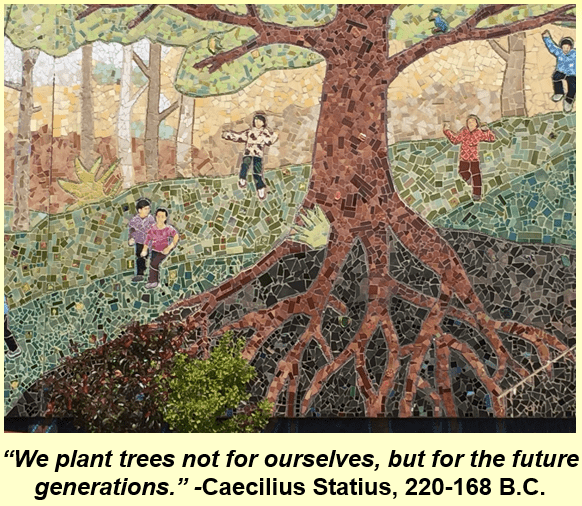 Shifting politics are creating economic uncertainty for all, and it’s especially scary for U.S. nonprofits who, on average, receive about a third of their total funding from Federal grants. This means nonprofits today need to shift emphasis (and budget) toward individual donor engagement strategies. Giving USA reports 75% of all giving (lifetime + bequests) came from individuals last year.
Shifting politics are creating economic uncertainty for all, and it’s especially scary for U.S. nonprofits who, on average, receive about a third of their total funding from Federal grants. This means nonprofits today need to shift emphasis (and budget) toward individual donor engagement strategies. Giving USA reports 75% of all giving (lifetime + bequests) came from individuals last year.
Major individual donors are, by far, the largest slice of today’s philanthropy pie.
If I had to tell you what you need to do to succeed with major gift fundraising in one sentence it would be this:
Identify major donor prospects… qualify them so you know they want to build a deeper relationship with you… cultivate them… visit with them… listen to them… reflect back to them what you heard… ask them for something specific that resonates with their passions… steward their gift and communicate in an ongoing way to make them feel like the hero they are!
Whew – that was a mouthful!
But don’t worry. It’s definitely not rocket science. A shorter way to say this is:
Meet with donors. Listen to donors. Ask donors. Thank donors.
See — it’s simple!
It’s just good old hard work. Satisfying and rewarding work. And it’s a type of work anyone can learn to do.
If you want to learn, please sign up for an upcoming cohort of the Certification Course for Major Gift Fundraisers. [NOTE: If you sign up within one month before it begins, you’ll get a nice discount.] It may be the most important investment you make all year. Just one major gift will more than cover the cost].
Over my 40 years in fundraising, 30 of them working in the trenches as a director of development for organizations with budgets ranging from $1 – $40 million, I have asked for a lot of major gifts. I know what works, and what doesn’t work. Today I want to give you:
(1) some of my best words of wisdom, and also
(2) answers to some of the questions folks frequently ask me .
I hope these tips will help you tweak your mindset and invigorate your systems so you can be more successful fundraising in the coming year!
Details







 Shifting politics are creating economic uncertainty for all, and it’s especially scary for U.S. nonprofits who, on average, receive about a third of their total funding from Federal grants. This means nonprofits today need to shift emphasis (and budget) toward individual donor engagement strategies. Giving USA reports
Shifting politics are creating economic uncertainty for all, and it’s especially scary for U.S. nonprofits who, on average, receive about a third of their total funding from Federal grants. This means nonprofits today need to shift emphasis (and budget) toward individual donor engagement strategies. Giving USA reports 


